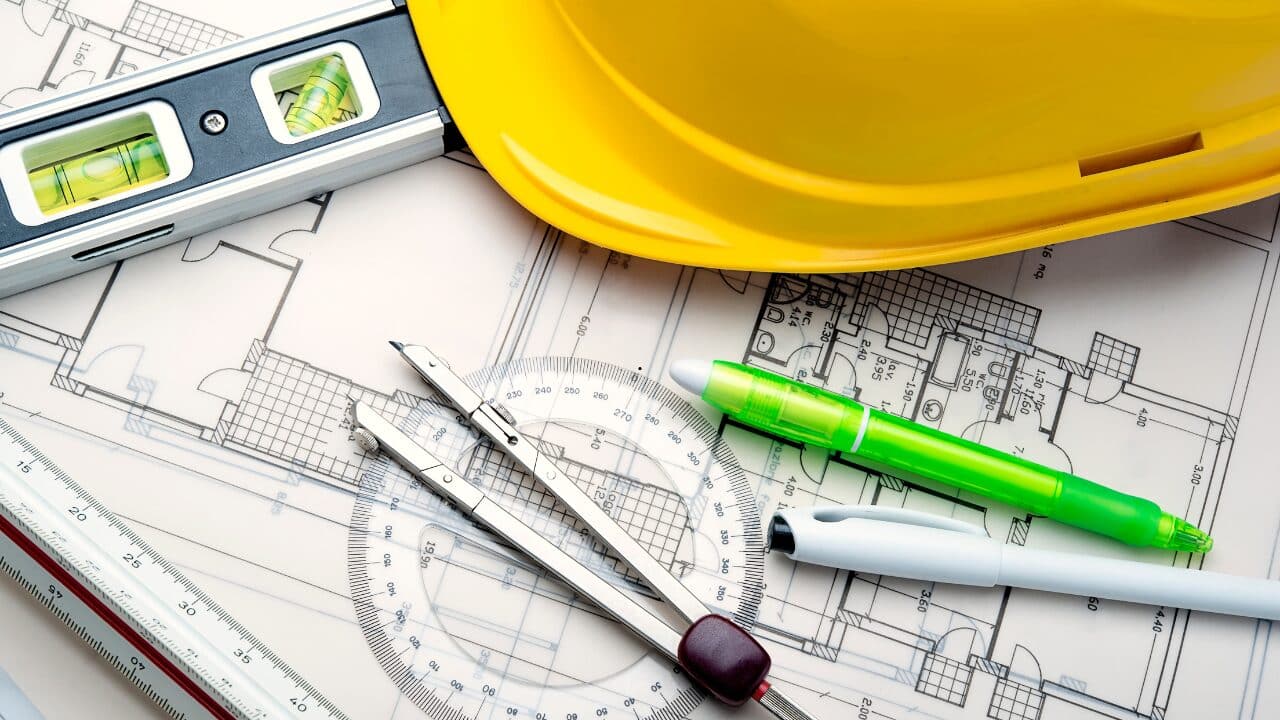Newburgh has seen a flurry of infrastructure improvements, residential developments, and commercial renovations over the last few years, and this trend is likely to continue as more developers move into the region.
However, with the proliferation of construction projects comes the risk of accidents, given that construction sites are notoriously dangerous workplaces. To resolve this issue, the US government set up the Occupational Safety and Health Administration (OSHA) as regulatory oversight.
Compliance with OSHA regulations is paramount in the construction industry to prevent accidents and ensure worker safety. The federal agency enforces health and safety standards and provides training and outreach programs to employers and employees.
However, failure to comply with these regulations can lead to serious consequences, including fines, lawsuits, injuries, or even deaths. If you or a loved one was hurt while working on a site, consult a construction accident lawyer in Newburgh to help you seek the restitution you deserve.
Table of Contents
The Construction Industry
The construction industry comprises various activities necessary for building structures, such as roads, bridges, buildings, etc.
Due to the nature of the work involved in this sector which includes operating heavy machinery, working at heights, and using power tools, it poses a high risk to workers. Consequently, OSHA has established specific construction regulations across all job sites.
OSHA Regulations
Under OSHA guidelines for construction work, several subparts exist under code number 29 CFR 1926, which outlines rules governing such practices as scaffolding usage, and fall protection systems installation, among other things required from contractors before commencing work at any construction site.
Complying with these rules set out by OSHA requires a collaborative effort between management personnel or contractors who oversee projects regularly on-site, ensuring compliance in each department.
Fall Protection Systems Installation
One major concern when working in construction is falling from heights. Hence one of the most vital requirements by the federal government through OSHA involves implementing fall-protection systems on nearly all significant structures over six feet tall – even temporary ones like scaffolds – erected before doing actual building work.
Before starting any project involving elevated structures atop six feet or higher measurements above ground level, workers must use tethered restraint devices requiring each person’s PPEs where necessary. This, coupled with proper training sessions, will meet compliance norms.
Scaffold Usage
Another important requirement stipulated under 29 CFR 1926 safety guidelines is ensuring proper scaffold usage on construction sites. While its installation is obligatory, improperly using scaffolds can cause tragic accidents when bolts come loose, or one structure area collapses.
OSHA’s directions outline requirements such as necessary load capacity, the distance between leveled steps and work platforms, and what type of bracing materials or gates should be utilized to ensure user safety.
Safety Measures
Fire Prevention and Control
Whether workers work indoors or outdoors, fire prevention practices must be applied across all project sites. Adequate fire suppression systems, including automatic sprinklers, and education and training on fire prevention tactics are mandatory for OSHA compliance.
The need for electrical system protection techniques coupled with the designation of protected areas helps encourage employees to stay an arms-length away where necessary, speeding up response times in case a significant incident happens while at work.
Personal Protective Equipment (PPEs)
Personal protective equipment (PPEs) refers to any specialized clothing used by those employed in industries that expose them to dangers existing within the daily procedures they undertake. Construction is not excluded from this rule; workers must possess PPEs like hard hats, helmets, goggles, and earplugs to ensure their safety while at work.
Fall Protection Protection Systems Installation
A critical aspect regarding fall-protection systems involves proper training sessions for all personnel, including correct fitting procedures regularly enforced by management. Standard operating procedures (SOPs) should also be factored into these preparation sessions and administering supervision over workers present during implementation phases.
Consequences Of Non-Compliance
Failure To Pay Fines
OSHA is known for imposing strict fines if individuals fail to comply with outlined regulations. Such noncompliance might cause detrimental effects resulting from imposed costs received via litigation processes by OSHA. Fines vary from $13K to as much as $139K depending on the severity of the offense and history of past violations incurred.
Lawsuits
If a person involved in a construction project, says an employee, gets injured on-site while working due to non-compliance with stipulated guidelines in CFR 1926 or workers’ compensation laws, they may file for legal damages according to scenarios based on certain criteria.
Death
Since construction work poses a real risk, even when necessary precautions are taken, it can sometimes lead to casualties, including fatal ones. In such instances, families can file wrongful death lawsuits against contractors who’ve not made adequate efforts at guaranteeing site safety resulting in the incident leading up to it.





